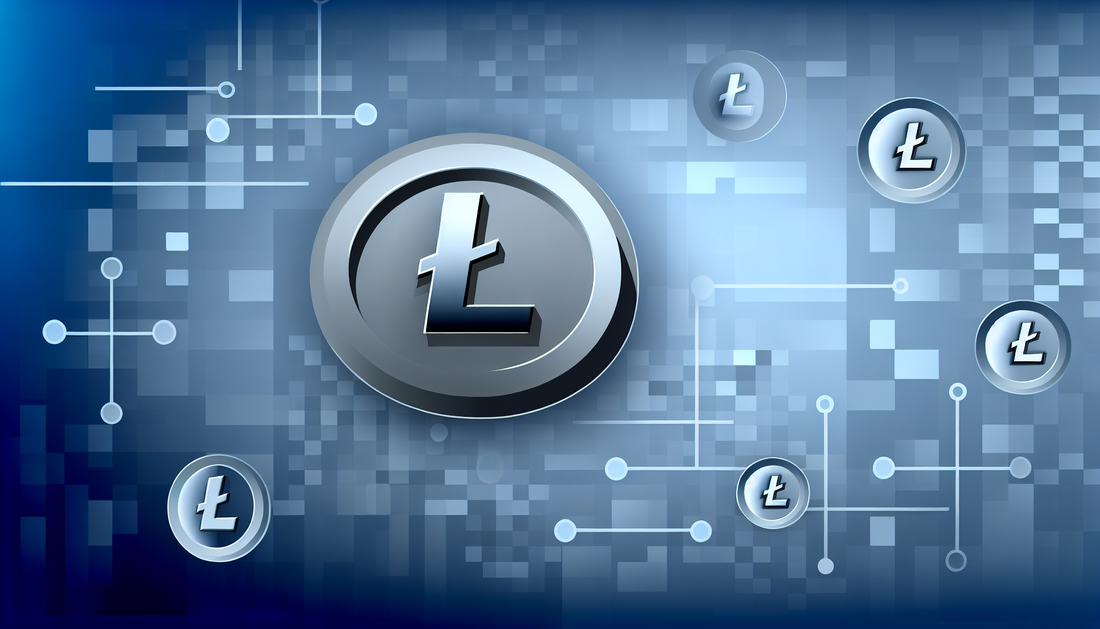
Litecoin vs. Rivals: The Battle for Digital Payments
Share
Litecoin (LTC) vs. Rivals: Comparing the Digital Silver
Litecoin (LTC), often referred to as "digital silver" in contrast to Bitcoin's "digital gold," is one of the oldest cryptocurrencies in existence. Since its inception, Litecoin has positioned itself as a fast, low-cost alternative to Bitcoin. However, as the cryptocurrency ecosystem grows, several competitors challenge Litecoin’s relevance. This article takes a closer look at how Litecoin compares to its closest rivals in the current blockchain landscape.
Litecoin vs. Bitcoin (BTC)
As Litecoin was a fork of Bitcoin’s core code, the two share many similarities. However, Litecoin’s key differentiator lies in its focus on speed and affordability. Litecoin’s block time is approximately 2.5 minutes, significantly faster than Bitcoin’s 10-minute interval, making it more suited for quicker transactions. Additionally, its transaction fees tend to be lower, which is advantageous for microtransactions. While Bitcoin enjoys broader adoption and remains the dominant store of value in crypto, Litecoin positions itself as a complementary alternative, emphasizing usability over speculative value. Still, Bitcoin’s robust security and larger market share often overshadow Litecoin in terms of adoption and innovation.
Litecoin vs. Ethereum (ETH)
Ethereum takes a fundamentally different approach compared to Litecoin. While Litecoin aims to be a fast and affordable payment network, Ethereum is a decentralized platform geared towards smart contracts and decentralized applications (dApps). The key strength of Ethereum lies in its vast ecosystem and network effects, enabling everything from DeFi projects to NFTs. Litecoin, on the other hand, lacks this versatility but offers simplicity and reliability as a medium of exchange. For users seeking programmability and innovation, Ethereum continues to outshine Litecoin, but those prioritizing swift and straightforward transfers might prefer Litecoin.
Litecoin vs. Bitcoin Cash (BCH)
Bitcoin Cash shares a similar narrative to Litecoin, as it also focuses on being a scalable and low-cost alternative to Bitcoin. However, Bitcoin Cash differentiates itself through its increased block size, enabling it to handle more transactions per second than Bitcoin and Litecoin. While Bitcoin Cash may edge out Litecoin in transaction capacity, Litecoin counters with its longer tenure in the market and broader exchange support. Additionally, Litecoin’s adoption by platforms like PayPal adds a layer of mainstream credibility that Bitcoin Cash struggles to match. Still, as competitors in the payments space, the two assets vie for a similar market segment.
Litecoin vs. Ripple (XRP)
Ripple’s XRP is another key competitor, especially within the remittance market. While Litecoin emphasizes decentralized payments, XRP aims to facilitate instant cross-border settlements and partnerships with financial institutions. Where XRP excels in speed (transactions often settle in seconds), Litecoin positions itself as a more decentralized and censorship-resistant network. However, XRP’s centralized nature and ongoing legal controversies may pose risks that Litecoin does not contend with. The two, therefore, serve vastly different use cases but often attract comparisons due to their focus on transaction efficiency.
Ultimately, Litecoin retains value for users prioritizing low fees, reliability, and decentralization. However, its role in the crypto ecosystem remains specialized, especially as newer blockchains continue to reshape the competitive landscape.
